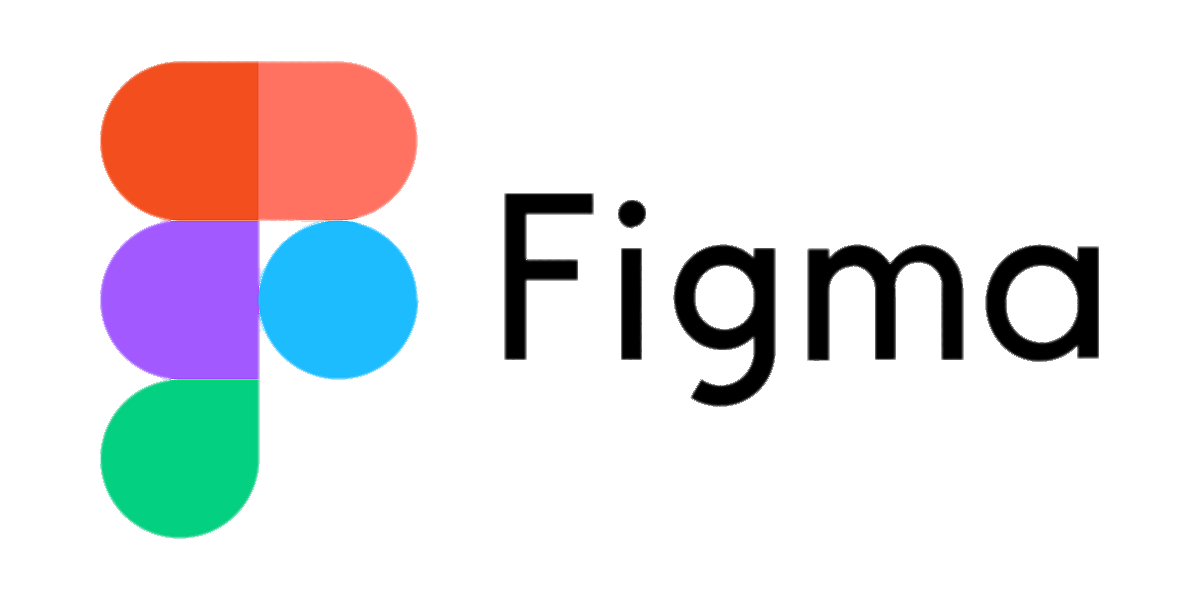Figma is a cloud-based design and prototyping tool used for user interface (UI) and user experience (UX) design. It enables designers and teams to collaborate in real-time on the creation of digital designs, prototypes, and user interfaces. Figma has gained widespread popularity for its collaborative features and the ability to work seamlessly in the browser, making it accessible on various platforms.
Key features of Figma include:
- Cloud-Based Collaboration:
- Figma operates in the cloud, allowing multiple designers to work on the same project simultaneously. Changes are instantly visible to all collaborators, fostering real-time collaboration.
- Figma operates in the cloud, allowing multiple designers to work on the same project simultaneously. Changes are instantly visible to all collaborators, fostering real-time collaboration.
- Vector Editing:
- Figma provides powerful vector editing tools, making it easy to create and modify shapes, text, and other design elements. It supports features like boolean operations, gradients, and effects.
- Figma provides powerful vector editing tools, making it easy to create and modify shapes, text, and other design elements. It supports features like boolean operations, gradients, and effects.
- Prototyping:
- Designers can create interactive prototypes within Figma to simulate user interactions and flow. This helps in visualizing and testing the user experience before development.
- Designers can create interactive prototypes within Figma to simulate user interactions and flow. This helps in visualizing and testing the user experience before development.
- Components and Styles:
- Figma supports the creation of reusable components and styles. This ensures consistency across designs, making it efficient to manage and update elements throughout a project.
- Figma supports the creation of reusable components and styles. This ensures consistency across designs, making it efficient to manage and update elements throughout a project.
- Auto Layout:
- Auto Layout is a feature in Figma that helps designers create responsive designs by automatically adjusting the layout based on the content.
- Auto Layout is a feature in Figma that helps designers create responsive designs by automatically adjusting the layout based on the content.
- Developer Handoff:
- Figma provides features for developer handoff, allowing designers to share design specifications, assets, and code snippets with developers to facilitate a smoother transition from design to development.
- Figma provides features for developer handoff, allowing designers to share design specifications, assets, and code snippets with developers to facilitate a smoother transition from design to development.
- Version History:
- Figma keeps a detailed version history, allowing users to review and revert to previous versions of a design. This feature is useful for tracking changes and collaborating on design iterations.
- Figma keeps a detailed version history, allowing users to review and revert to previous versions of a design. This feature is useful for tracking changes and collaborating on design iterations.
- Plugins:
- Figma supports a variety of plugins that extend its functionality. These plugins can automate tasks, enhance design workflows, and integrate with other tools.
- Figma supports a variety of plugins that extend its functionality. These plugins can automate tasks, enhance design workflows, and integrate with other tools.
- Cross-Platform Compatibility:
- Figma is accessible through web browsers on both Mac and Windows operating systems. It also offers desktop applications for Mac and Windows users.
- Figma is accessible through web browsers on both Mac and Windows operating systems. It also offers desktop applications for Mac and Windows users.
- Community and Sharing:
- Figma has a community platform where designers can share and discover design resources, templates, and assets. This fosters a collaborative and sharing culture within the design community.
Figma is widely used by UI/UX designers, product managers, and other professionals involved in the design and development process. Its collaborative features make it particularly suitable for teams working remotely or across different locations. Additionally, Figma has become an integral part of many design and development workflows due to its versatility and collaborative capabilities.
